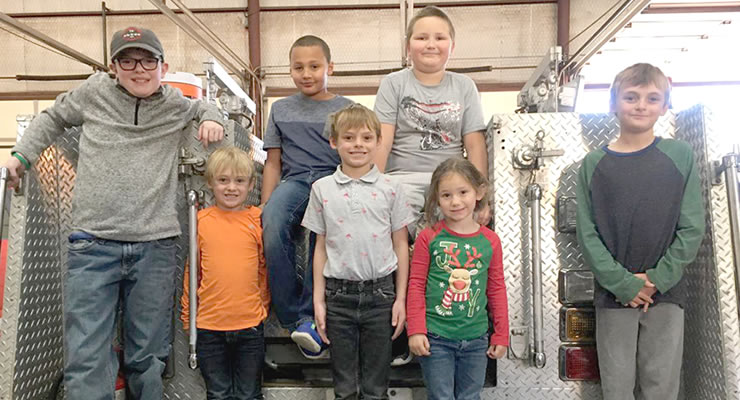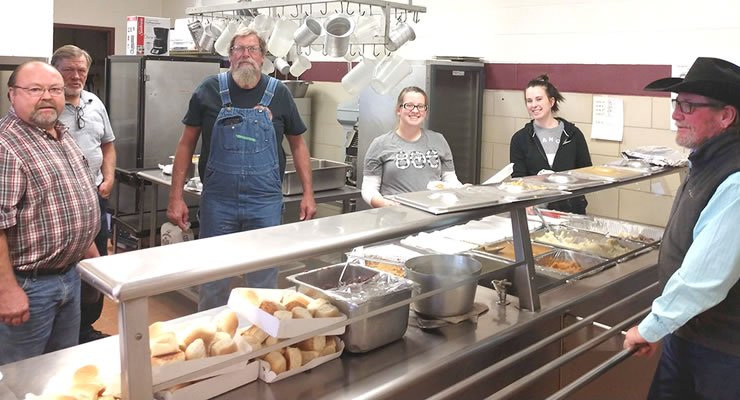
Christmas spirit

The Clarendon Enterprise - Spreading the word since 1878.








The Broncos were looking to go deep, not only on the field, but also in post-season play. Things were going their way, until turnovers and missed extra points hindered their chance to advance. The Broncos lost their bi-district game with Stratford last Friday in Borger, 18-20.

“We lost a heartbreaker to Stratford, (but) I thought our kids played great on defense and offense,” head coach Clint Conkin said. “We ended the season 7-4 with some young kids getting experience for the future.”
The Broncos came out and worked the field exactly how they wanted and took an 18-7 lead at the break. Quarterback Brock Hatley threw two touchdown passes, one to Lyric Smith from eight yards out and one to Koyt Tucek for a five-yarder TD.
Jmaury Davis added to the point total with a four-yard run for six. Jordan Herndon was running on all burners as he compiled 208 yards on 25 carries, which was a personal best. Davis carried 19 times for 107 yards.
The Broncos finished with 348 yards rushing and 68 yards in the air. Hatley accounted for the 68 yards connecting on eight of 15 passes. He was also credited with throwing two touchdown strikes. Davis had three catches for 26 yards.
The Clarendon Broncos finished their season with a big win over Shamrock and gain a third-place seeding in post-season play. The 37-12 win put the Broncos at 2-2 in District play and 7-3 overall.

Quarterback Brock Hatley teamed up with Koyt Tucek to put the first six points on the board early on. Hatley then found Lamarcus Peniger for another six on a 40-yard strike in the second quarter of play. Jmaury Davis also turned a 60-yard run into another six points for the home team.
“We had 372 yards rushing and 62 yards passing,” head coach Clint Conkin said. Davis had a great game rushing and led the way with 159 yards on 14 carries and two touchdowns, and Peniger added 66 yards on nine carries.
“Several other players also had good yardage on the night. Jordan Herndon had five carries for 59 yards, and Jordan Evans carried twice for six yards including a touchdown. Hatley scampered 26 yards on two carries, and Lyric Smith posted 41 yards carrying nine times. Aaron Roys carried twice for 12 yards, and David Thomas ran three yards on two carries.
The Bronco’ passing game was limited with only 67 yards but resulted in two touchdowns by Tucek, and Peniger and a 13-yard gain by Roys on one catch.
The Broncos racked up some good tackling numbers with Robert McGuire and Aiden Caudle leading the way with eight each. Rhett Caison grabbed seven and Davis and Smith each posted five tackles.
The Broncos open post-season play against Stratford on Thursday, November 12, in Borger beginning at 7:00 p.m. Tickets can be purchased ahead of time on the school website.

Reader Comments